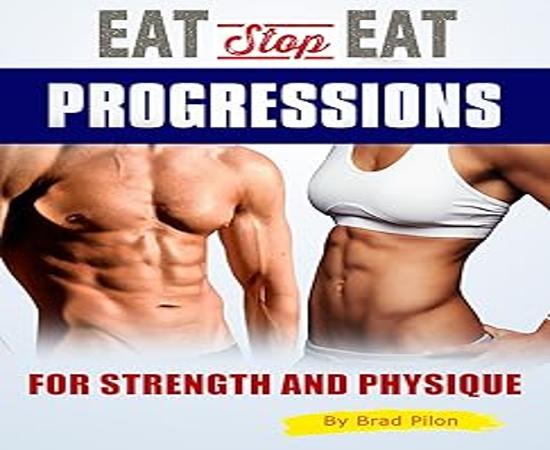Unlocking the Power of anabolic fasting
Welcome to a comprehensive guide on Anabolic Fasting – a revolutionary approach to nutrition that is gaining popularity for its impressive results. In this article, we will delve into the benefits of Anabolic Fasting, provide a detailed explanation of the concept, address some frequently asked questions, and help you understand how to incorporate it into your lifestyle successfully.
The Benefits of anabolic fasting
Anabolic Fasting is not just a typical diet plan; it is a strategic way of eating that can help you achieve your body composition goals effectively. By combining the principles of intermittent fasting with anabolic nutrition, this approach aims to maximize muscle growth while minimizing fat storage. Some key benefits of Anabolic Fasting include:
- Increased muscle retention
- Accelerated fat loss
- Improved insulin sensitivity
- Enhanced metabolic flexibility
A Detailed Explanation of anabolic fasting
At its core, anabolic fasting involves alternating periods of fasting with strategic nutrient consumption to create an optimal environment for muscle growth and fat burning. During the fasting window, the body turns to stored fat for energy, while the feeding window focuses on nutrient-dense, anabolic foods that support muscle protein synthesis. By syncing your meals with your body’s natural anabolic and catabolic rhythms, you can maximize the benefits of this approach.
Frequently Asked Questions About anabolic fasting
1. What does an Anabolic Fasting meal plan look like?
An Anabolic Fasting meal plan typically involves consuming high-protein, nutrient-dense meals during the feeding window, while abstaining from food during the fasting period. Incorporating lean proteins, healthy fats, and complex carbohydrates is essential for optimal results.
2. Is there a specific list of anabolic foods to follow?
While there is no strict “anabolic foods list,” focusing on whole foods such as lean meats, eggs, fish, nuts, seeds, fruits, and vegetables can help support muscle growth and recovery. Avoiding processed foods and excessive sugar is also recommended.
3. How does an Anabolic Fasting diet plan differ from traditional diets?
Unlike traditional diets that focus solely on calorie restriction, Anabolic Fasting emphasizes nutrient timing and food quality to promote muscle building and fat loss simultaneously. By prioritizing nutrient-dense foods, this approach optimizes metabolic processes for better results.
4. What is the typical Anabolic Fasting protocol?
The typical Anabolic Fasting protocol involves fasting for 16-18 hours each day, followed by a feeding window of 6-8 hours. During the feeding window, individuals consume 2-3 nutrient-dense meals that support muscle growth and recovery.
5. What kind of results can one expect from following Anabolic Fasting?
Results from Anabolic Fasting may vary depending on individual factors such as activity level, metabolism, and adherence to the protocol. However, many people report increased muscle mass, reduced body fat, improved energy levels, and enhanced overall body composition.
Conclusion
In conclusion, anabolic fasting offers a unique approach to nutrition that can help you achieve your fitness goals efficiently. By harnessing the power of nutrient timing and strategic fasting, you can unlock your body’s full potential for muscle growth and fat loss. Remember to consult with a healthcare professional or nutritionist before making any significant changes to your diet. Are you ready to embark on a journey towards a stronger, leaner physique with Anabolic Fasting?


